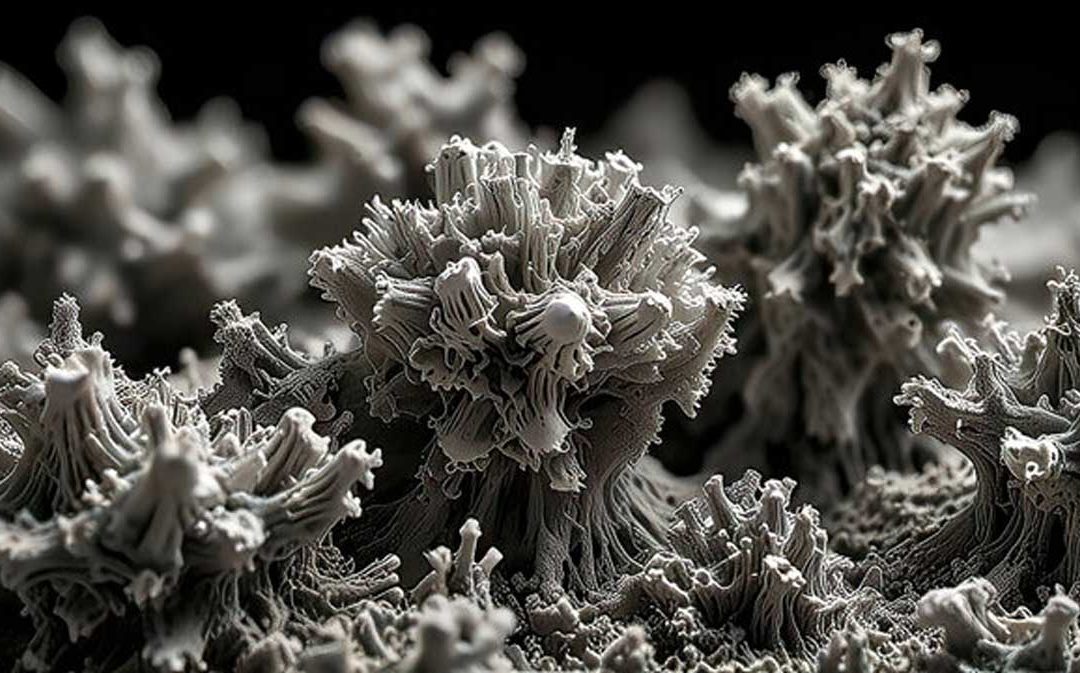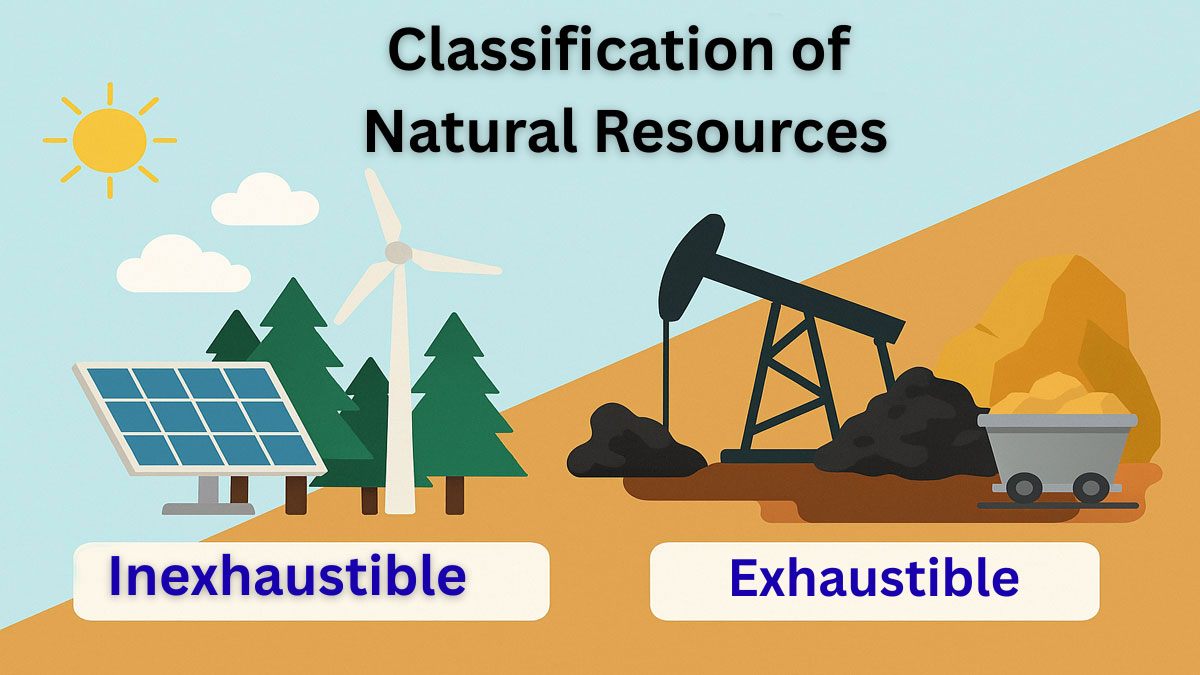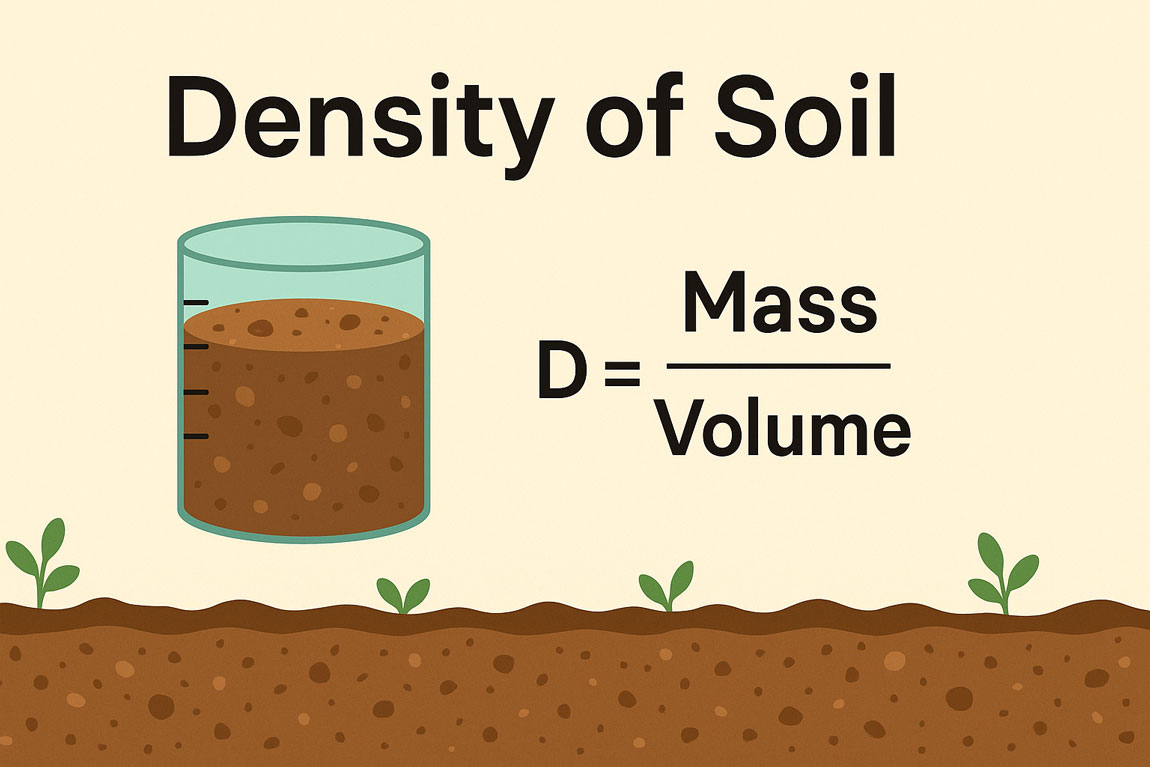Microfossils are tiny fossils (0.001 mm to 1 mm) studied under a microscope. Found in marine and terrestrial environments, they help in biostratigraphy, paleoenvironmental analysis, and petroleum exploration, providing key insights into Earth’s history, climate, and ancient ecosystems.
What is Microfossils?
Microfossils are any fossils (usually small) whose distinguishing characteristics are best studied by means of the microscope. They are fossils that are generally between 0.001 mm and 1mm in size.
Example-Foraminifera group, Dinoflagellates group, Ostracoda group, Conodont group etc.
Major groups of microfossils:
There are different groups of microfossils. Pollen and spores are examples of terrestrial microfossils. Common marine microfossils include foraminifera, dinoflagellates, and radiolarians.
Foraminifera:
The foraminifera are an important order of single-celled protozoa that live either on the sea floor or amongst the marine plankton.
Diatoms:
Diatoms are unicellular algae with golden-brown photosynthetic pigments that differ from other Chrysophytes in lacking flagella.
Ostracods:
These are one of the most diverse groups of living crustaceans; they are the most abundant of fossil arthropods and are represented by some 33,000 living and fossil species.
Dinoflagellates:
These are unicellular algae, occurring as parasites, symbionts, or independently living auto-trophic plankton of the surface waters of marine, lagoonal, and lacustrine environments.
Radiolaria:
The radiolarians are marine protists made of siliceous skeletons beautifully formed from rods and lattices. They are marine and planktic and first appeared in the Cambrian. They are useful in dating and correlating deep-sea sedimentary rocks.
Importance of microfossil study in terms of petroleum exploration:
They have many applications in petroleum geology. The two most common uses are:
- Biostratigraphy
- Paleoenvironmental analysis
Biostratigraphy is the differentiation of rock units based on the fossils which they contain.
Paleoenvironmental analysis interprets the depositional environment in which the rock unit formed. In an operational environment, microfossils can be examined shortly after being brought to the surface in cuttings.






